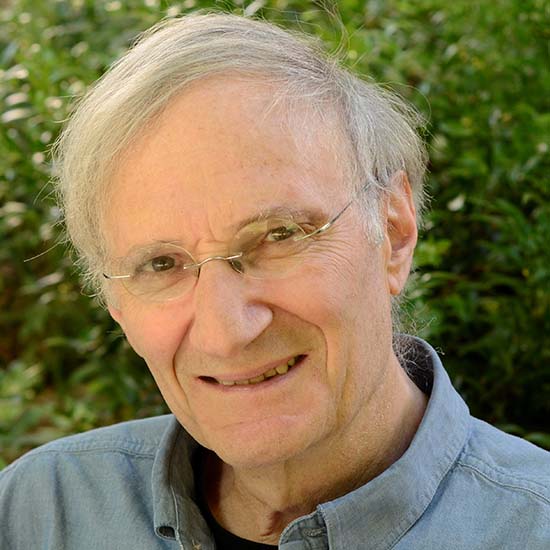Martin Raff has conducted important work on the development, function and cell biology of lymphocytes (T cells and B cells) and neural cells. He introduced cell-surface markers to identify and separate mouse T and B cells — Thy-1 for T cells and surface immunoglobulin for B cells. With John Owen and Max Cooper, he identified the origin of B cells and discovered their immediate precursors (pre-B cells). With Stefanello de Petris, he discovered ligand-induced redistribution of cell-surface components (‘patching’, ‘capping’, and endocytosis), with important implications for understanding cell membrane structure and cell signalling.
Later, Martin discovered cell-surface markers for identifying the major classes of glial cells in culture, using them to study the development of oligodendrocytes and their precursors and to characterise the signals required for their survival, growth, and proliferation. He identified intracellular programmes that help control the timing of cell development and showed that mammalian cells require signals from other cells to avoid killing themselves. He is co-author of two widely used cell biology textbooks — Molecular Biology of the Cell and Essential Cell Biology.
Subject groups
-
Multicellular Organisms
Cellular neuroscience
-
Cell Biology
Developmental biology
Awards
-
UK-Canada Rutherford Lecture
On 'Size control in animal development and Cell diversification in the developing rodent retina'.

